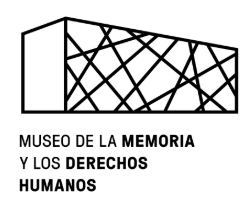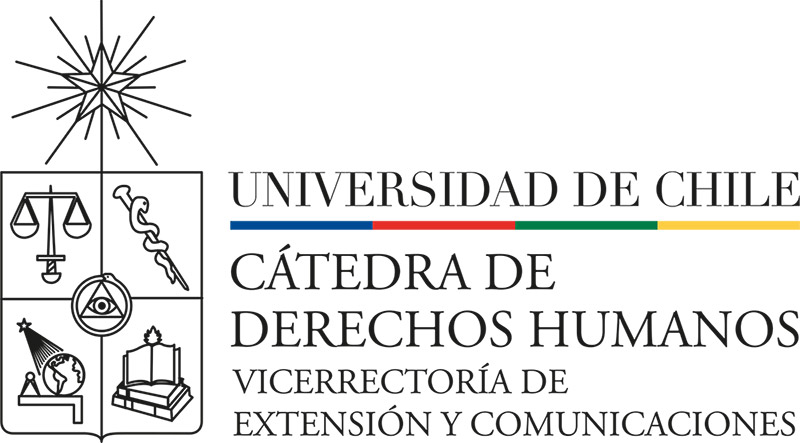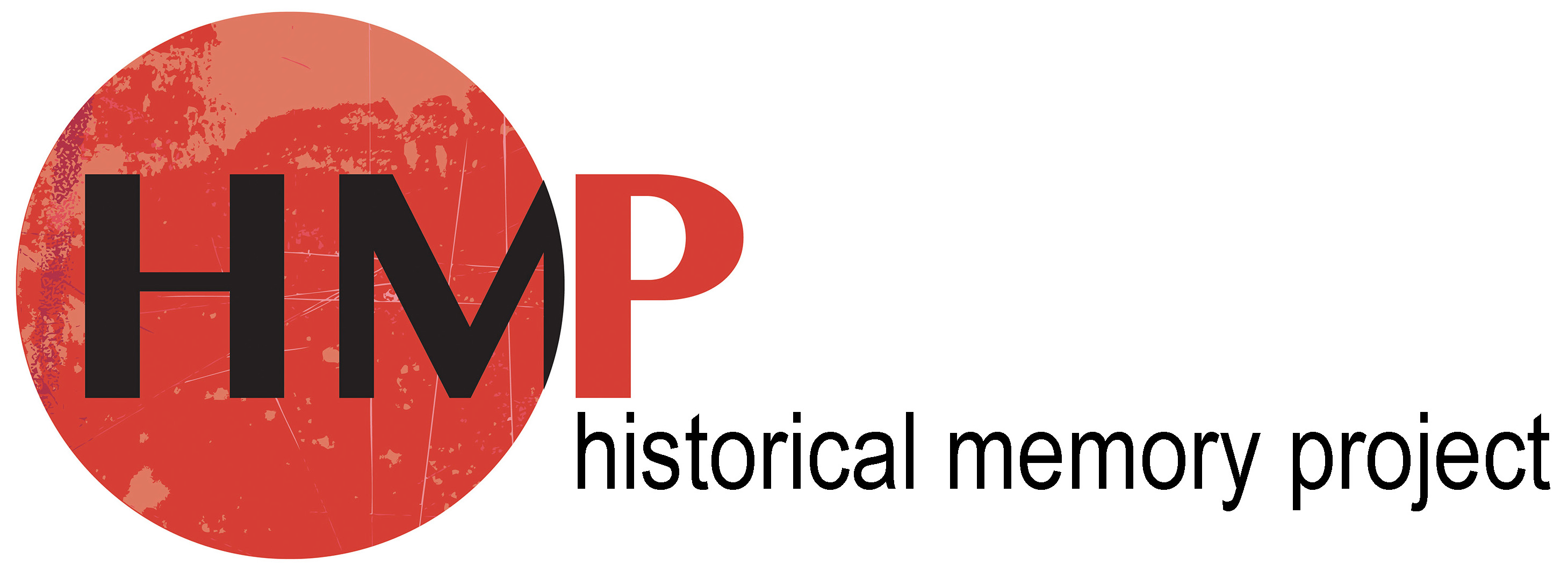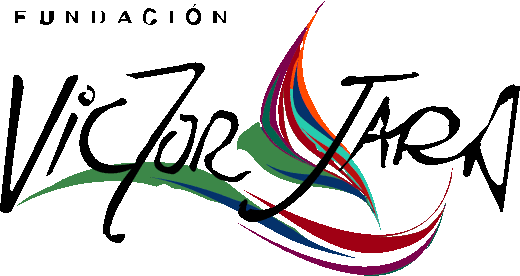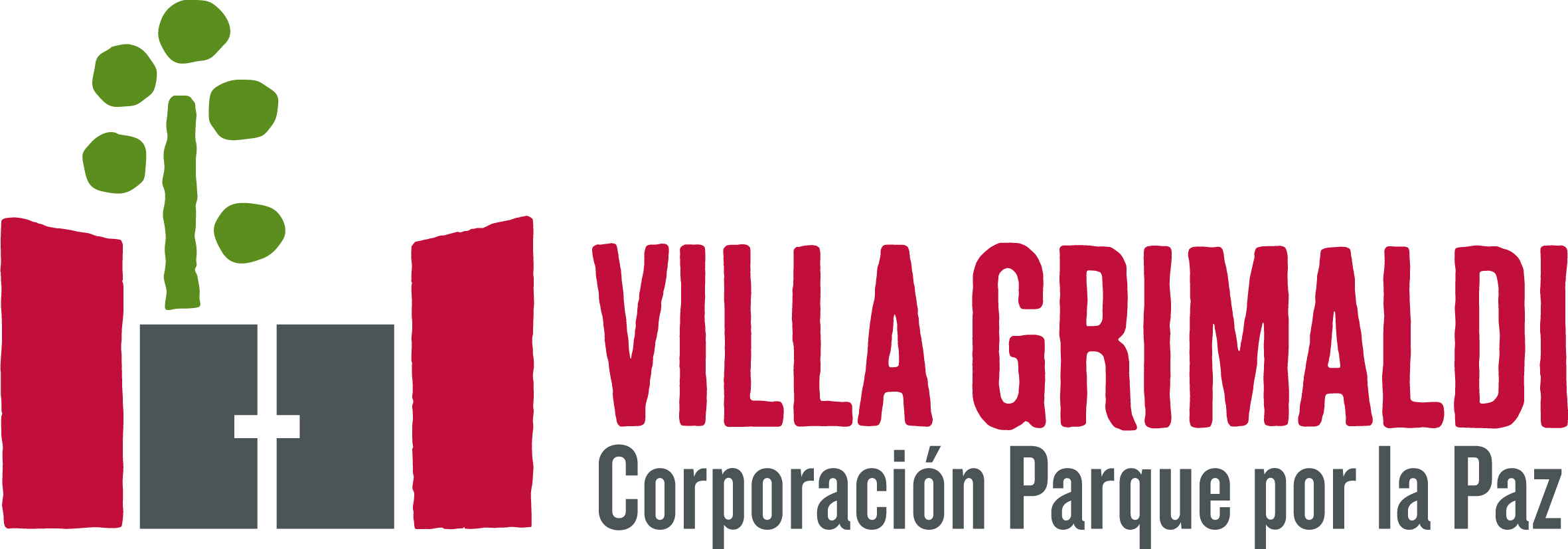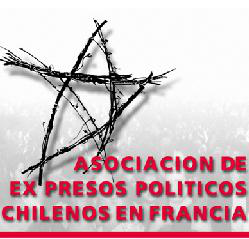 Cantos Cautivos
Cantos Cautivos
469 results where found for «Alfonsina y el mar»
Candombe for José (Candombe para José)
Music piece by:
Roberto Ternán
Testimony by:
Amelia Negrón
Experience in:
Campamento de Prisioneros, Tres Álamos, June 1976
Tags:
To my Little Dove (A mi palomita)
Music piece by:
Teófilo Vargas Candia, popularised in Chile by the group Quilapayún
Testimony by:
David Quintana García
Experience in:
Cárcel de Rancagua, 1974 - 1975
Tags:
How We Resemble Each Other (En qué nos parecemos)
Music piece by:
Unknown. Popularised by Quilapayún
Testimony by:
Scarlett Mathieu
Experience in:
Tags:
Music piece by:
Roberto Cantoral
Testimony by:
Ana María Arenas
Experience in:
Calle Irán Nº 3037 / Venda Sexy / La Discotheque, December 1974
Tags:
Music piece by:
Víctor Jara
Testimony by:
Pedro Mella Contreras
Experience in:
Cárcel de Valdivia / Cárcel de Isla Teja, 1988-1989
Tags:
Music piece by:
Violeta Parra
Testimony by:
Pedro Mella Contreras
Experience in:
Tags:
Cantata Santa María de Iquique
Music piece by:
Luis Advis
Testimony by:
Alfonso Padilla Silva
Experience in:
Tags:
Trim the Sails (Brazas a ceñir)
Music piece by:
Luis Mella Toro
Testimony by:
César Montiel
Experience in:
Tags:
Song to the Pampa (Canto a la pampa)
Music piece by:
poem by Francisco Pezoa Astudillo set to music by Quilapayún
Testimony by:
Renato Alvarado Vidal
Experience in:
Campamento de Prisioneros Cuatro Álamos, February 1975
Tags:
Recinto: Cuartel de Investigaciones de Cauquenes, Calle Maipú Esquina Carrera y San Martín S/N
- There are no testimonies about this detention centre.
- If you had a musical experience about this detention centre, please share it here!
